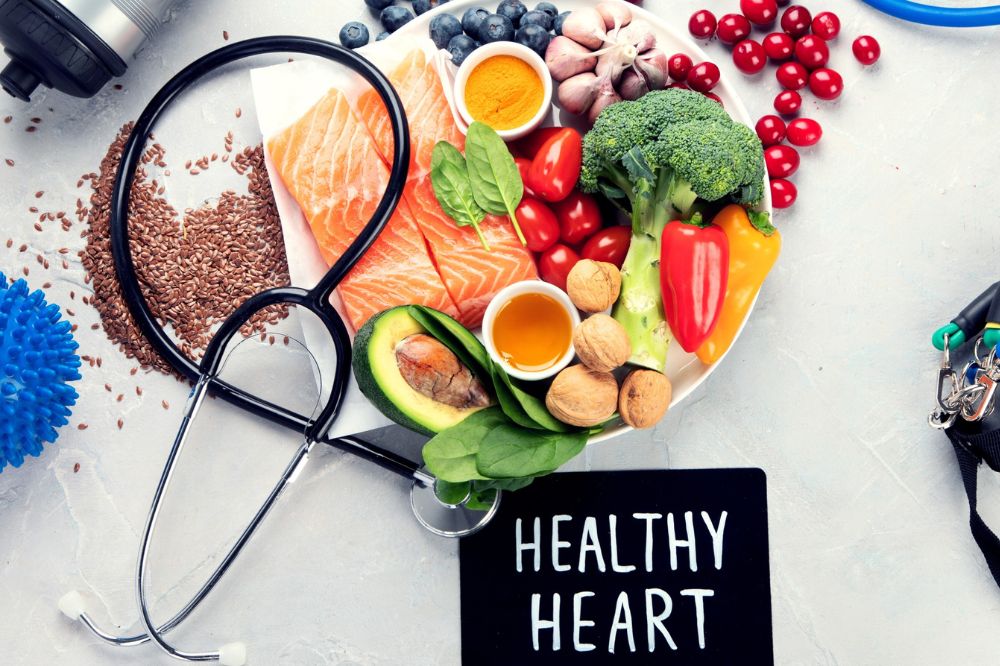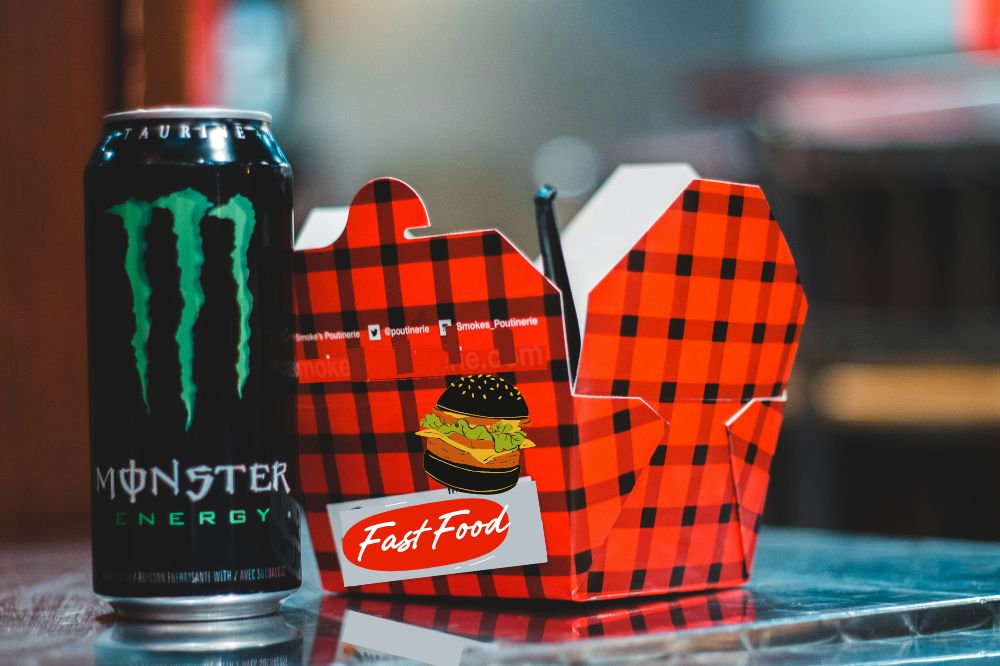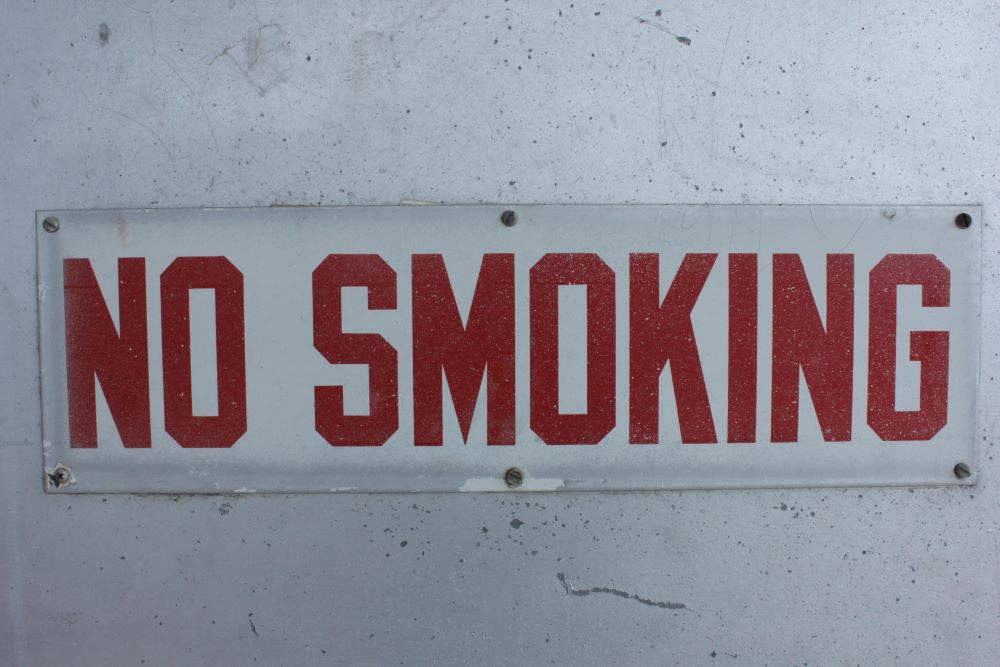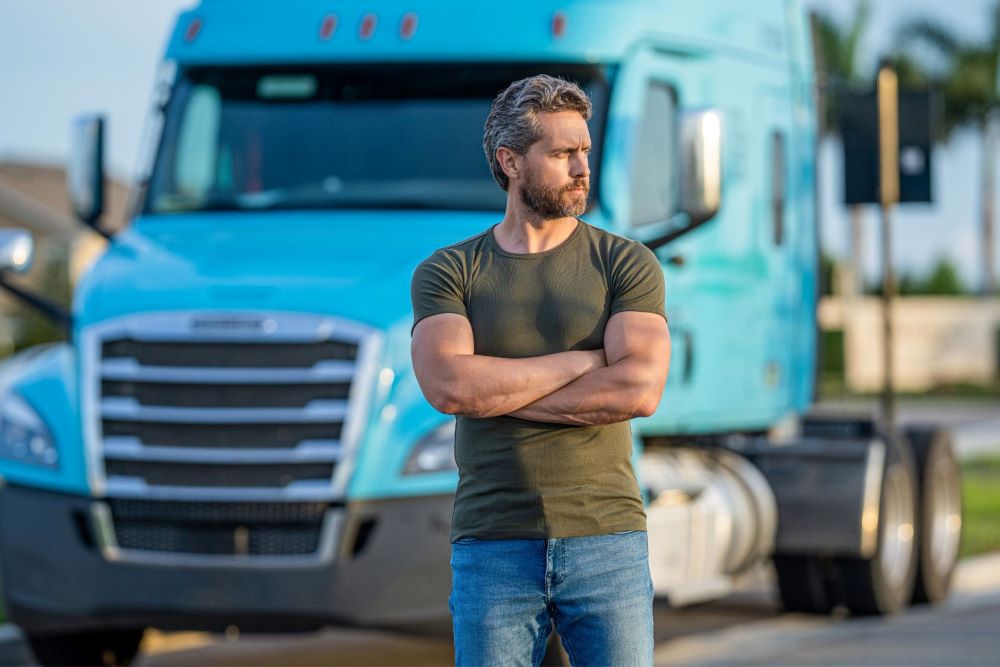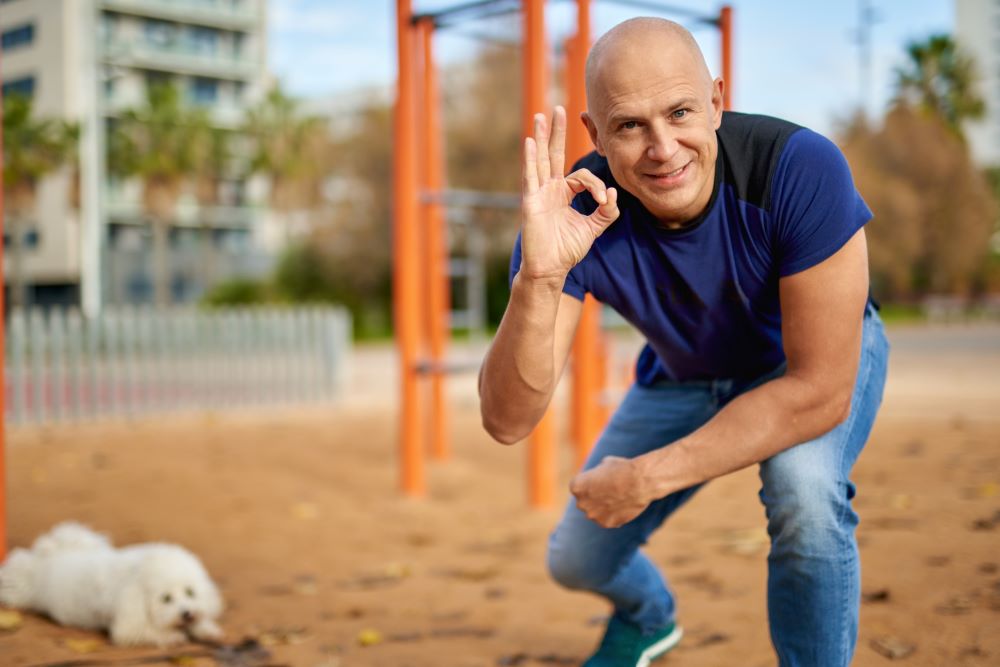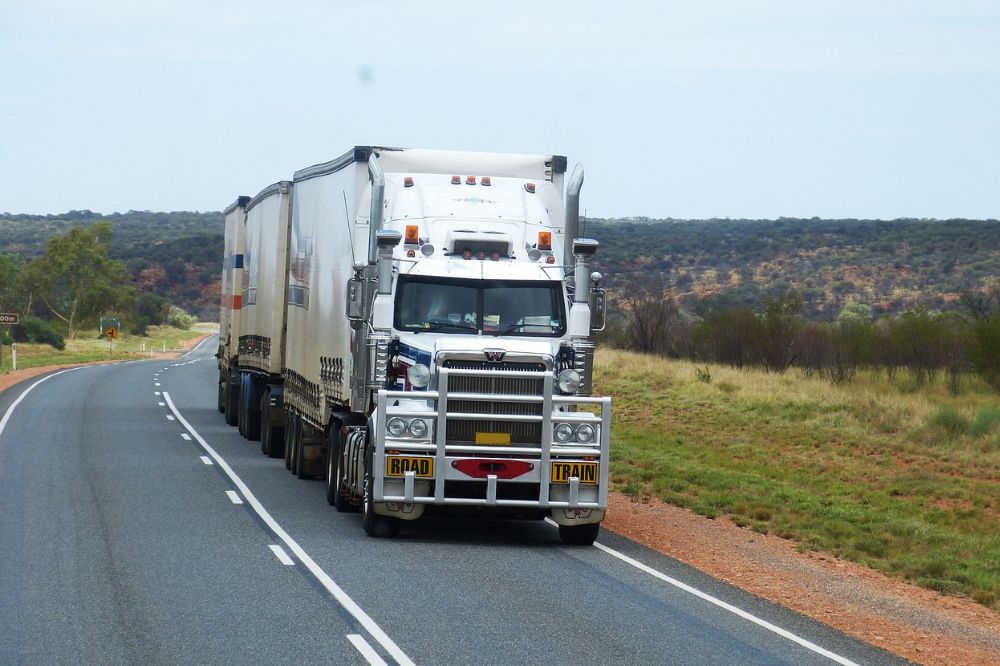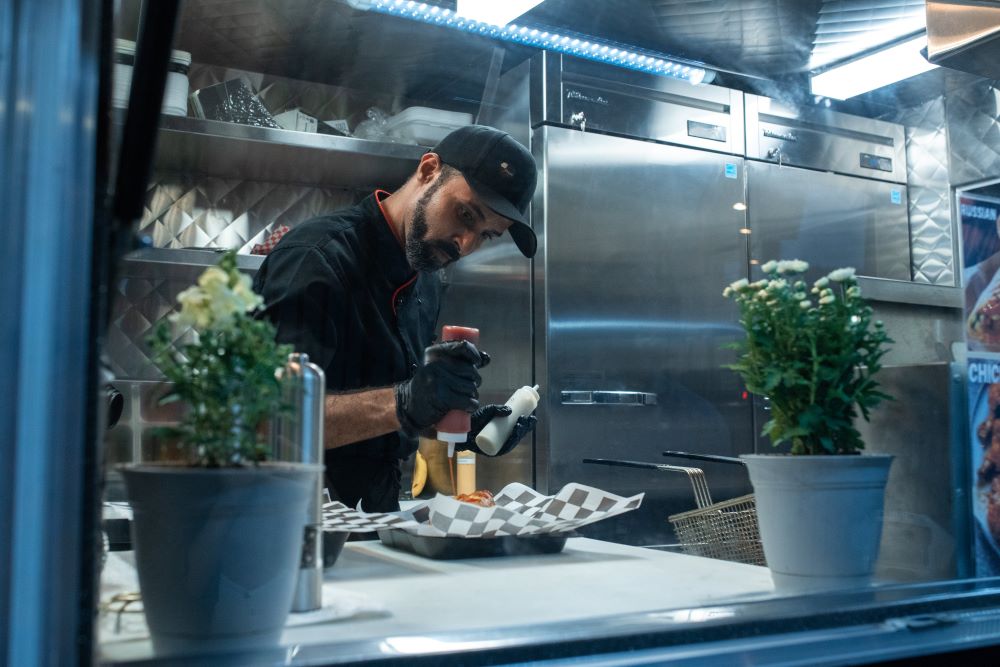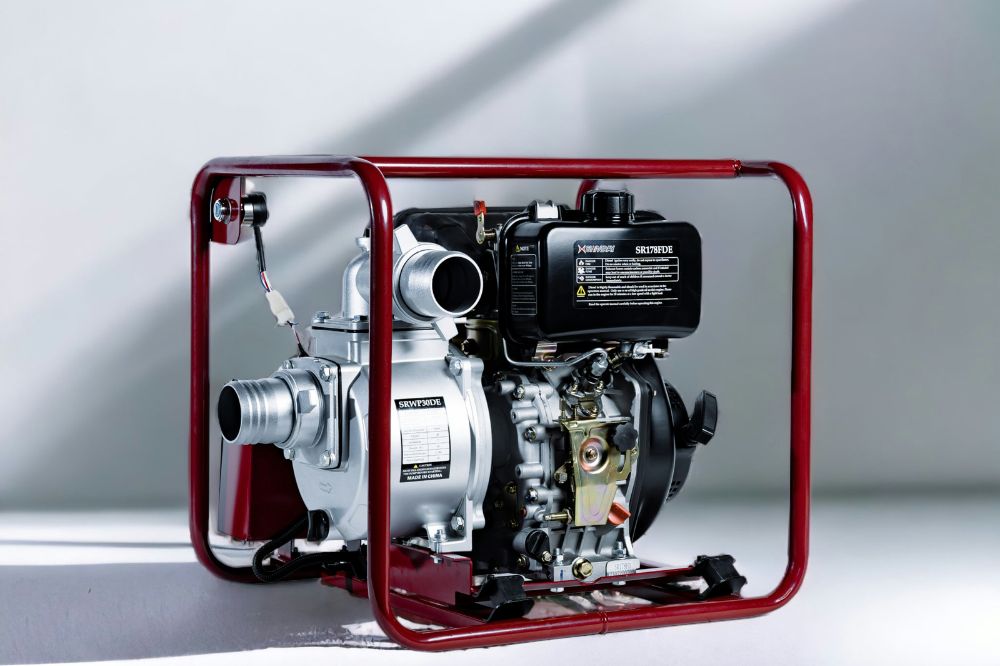
All commercial drivers need to be in good health in order to maintain their license. The Department of Transportation has strict health requirements for commercial truck drivers, which is why they have a regular physical exam process in place.
Passing your DOT exam is necessary to operate a commercial vehicle. This is why it’s so important to understand exactly what this exam involves and what factors could lead to failing it.
We’ll break down everything you need to know in the guide below.
What is a DOT Physical?
A Department of Transportation (DOT) physical is a health check required for commercial drivers in the U.S. It ensures drivers are physically fit to safely operate a commercial motor vehicle.
The DOT physical examination, required for a commercial driver’s license, assesses the vision, hearing, blood pressure, and overall health of the commercial driver. You need to meet these requirements every two years to maintain your commercial driver’s license (CDL).
Who Needs a DOT Physical?
Anyone who is looking to obtain or renew a CDL in the United States needs to take a DOT physical. This mandatory health examination ensures you can operate commercial motor vehicles safely.
Drivers need to undergo a DOT physical every two years to hold a medical certification that lets them maintain their CDL.
What Does a DOT Physical Consist Of?
Certified medical examiners perform a series of checks and look into your established medical history during your DOT physical exam.
Complete Medical History
During a DOT physical, truck drivers are required to provide a detailed medical history to the DOT-approved medical examiner.
This includes information about any existing or past medical conditions, surgeries, medications, and relevant health concerns. Honest and accurate disclosure from CDL drivers is crucial for a comprehensive assessment.
Eyesight and Hearing
Certified medical examiners assess the driver’s visual acuity and peripheral vision. Excellent vision is essential for commercial driving.
Specific vision requirements exist by state driver licensing agencies to ensure drivers can perceive and react to hazards. Hearing is also checked to ensure drivers can hear normal conversational tones and relevant sounds on the road.
If you operate a commercial motor vehicle, good sight and hearing are critical to help you avoid accidents.
Urine Test
A urine test is often part of the DOT physical to screen for underlying health conditions like diabetes or kidney issues. It could also be used for drug and alcohol testing, ensuring drivers meet regulatory standards for substance use.
Blood Pressure
Checking for high blood pressure is a standard part of the physical to evaluate cardiovascular health. Drivers must meet specific blood pressure criteria to ensure they’re fit for the demands of operating commercial vehicles safely.
Sleep Apnea Test
Though not always part of the standard DOT physical, some examiners may assess drivers for sleep apnea risk.
This involves evaluating factors like body mass index (BMI), neck circumference, and other indicators that may suggest a risk of sleep apnea, a medical condition that can affect driver alertness.
Physical Examination
A comprehensive physical examination is conducted to assess the overall health and physical fitness of the driver.
This includes evaluating the cardiovascular system, respiratory system, musculoskeletal health, and general physical condition. The goal is to identify any potential issues that could affect the ability to operate a commercial vehicle safely.
DOT Disqualifying Medical Conditions
The Department of Transportation has specific medical standards, and certain medical conditions could disqualify you from obtaining or maintaining your CDL. Some disqualifying medical conditions include:
- Cardiovascular issues: Severe heart conditions, uncontrolled high blood pressure, and certain cardiovascular diseases could disqualify a driver.
- Vision problems: Severe vision impairments that cannot be fixed with corrective lenses could lead to disqualification.
- Hearing loss: Complete hearing loss or significant impairment may disqualify a driver, as hearing is crucial for communication and situational awareness on the road.
- Epilepsy and seizures: Drivers with a history of seizures or epilepsy may be disqualified, especially if the condition is not well-controlled.
- Diabetes: Uncontrolled diabetes or complications related to the disease can lead to disqualification. Drivers with insulin-treated diabetes must meet specific requirements.
- Drug and alcohol addiction: Substance abuse issues, including a history of drug or alcohol dependence, can disqualify a driver. Regular testing is conducted to monitor substance use.
- Psychiatric conditions: Certain mental health conditions, if severe, may disqualify a driver. This includes conditions that may affect judgment, stability, or cognitive function.
- Sleep apnea: While not an automatic disqualification, severe untreated sleep apnea can affect a driver’s ability to stay alert on the road. Specific treatment adherence may be required.
- Loss of limb: Significant loss of a limb or impairment that hinders safe vehicle operation may disqualify a truck driver.
What if I Don’t Pass My DOT Medical Exam?
If you fail your DOT medical exam, talk to the examiner about the reasons. Address any health issues with your doctor, consider a second opinion, and explore a medical waiver, if applicable.
After addressing these concerns, schedule a re-exam, and, if necessary, consider the appeal process. Stay in communication with medical professionals to increase your chances of passing future exams and maintaining your CDL eligibility.
How Often Must I Get a DOT Medical Exam?
You must get a DOT medical exam every two years to maintain or renew your CDL. This regular examination ensures that you meet the health standards necessary for safely operating commercial vehicles on the road.
Final Thoughts
Commercial drivers should pay close attention to their health and regularly monitor any symptoms that could cause a DOT exam failure. While there are ways to potentially get around any health issues, it’s important that you stay up to date with your health and keep in control of any symptoms that could result in failure.
A health check is an essential step in maintaining your commercial driver license. Of course, you’ll also need to get the right vehicle in order to be a truck driver. Speak to us at Mission Financial if you need the easiest route to financing your semi-truck.



